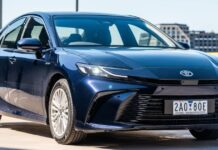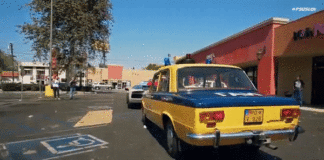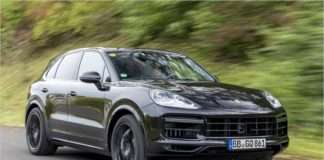October 2025 saw a closely contested race for the top spot in Australia’s new car market, with the Ford Ranger and Toyota RAV4 separated by a single sale, and the Toyota HiLux narrowly claiming the lead. Overall, 100,658 new vehicles were delivered – a slight increase of 0.7% compared to October 2024, according to the Federal Chamber of Automotive Industries (FCAI) and the Electric Vehicle Council.
Market Trends
- Toyota Dominance: Toyota continues to lead the market with a significant 19.6% share, demonstrating its resilience even as many major brands experienced declines.
- Electrification on the Rise: Australia’s automotive market is increasingly embracing electric propulsion, with hybrid, plug-in hybrid (PHEV), and electric vehicles (EVs) now accounting for nearly 30% of all sales. This shift reflects growing consumer interest in fuel efficiency and reduced emissions, driven by both environmental awareness and government incentives.
- Hybrid Powerhouse: Hybrids are proving particularly popular, capturing 17.6% of the total market (17,751 sales), a 25.2% increase over October 2024. This highlights Toyota’s strength in hybrid technology and the growing appeal of combining petrol engines with electric motors for improved fuel economy.
- Chinese Brands Gain Ground: China is rapidly closing the gap with Thailand as the second-largest supplier of new vehicles to Australia. In October, 20,405 Chinese-built vehicles reached buyers, a small gap compared to the 20,811 Thai-built vehicles. This surge in Chinese car sales (up 32.5% compared to October 2024) coincides with declines in Japanese, Thai, and Korean-built car sales. The increasing competitiveness and expanding model ranges of Chinese brands are challenging established automakers and reshaping the market landscape.
Top Performers and Segment Highlights
- HiLux, Ranger, RAV4 Reign: The Toyota HiLux secured the top spot with 4,444 deliveries, followed closely by the Ford Ranger (4,402) and the Toyota RAV4 (4,401).
- Everest Outperforms Prado: The Ford Everest outperformed the Toyota Prado in the large SUV category, with 2,435 deliveries compared to 1,458.
- Small SUV Battle: The Hyundai Kona leads the small SUV segment with 2,057 deliveries, followed by the Chery Tiggo 4 (1,975) and the MG ZS (1,743).
- SUV Dominance: SUVs continue to dominate the market, with various models across different sizes and price points experiencing strong demand.
Brand Performance
- Chinese Brands Surge: Several Chinese brands saw significant sales increases, reflecting their growing presence and appeal in the Australian market.
- Tesla’s Position: Tesla continues to be a notable player in the EV market, with the Model Y gaining traction, although it did not appear in the top 20 most delivered vehicles.
- Established Brands Face Challenges: Some established automakers experienced declines in sales, likely due to increased competition and shifting consumer preferences.
Fuel and Propulsion Trends
- Hybrid Growth: The popularity of hybrid vehicles continues to rise, driven by fuel efficiency and environmental concerns.
- EV Momentum: Electric vehicle sales are gaining momentum, although they still represent a smaller portion of the overall market compared to hybrids.
- Diesel’s Decline: Sales of diesel-powered vehicles are generally declining as consumers shift towards more fuel-efficient and environmentally friendly options.
Overall, October 2025’s new car sales data paints a picture of a dynamic and evolving Australian automotive market, characterized by the growth of electrified vehicles, the rising influence of Chinese brands, and a continued focus on SUVs. The coming months will be critical in determining whether these trends will continue and how established automakers will adapt to the changing landscape.
Further Reading:






















